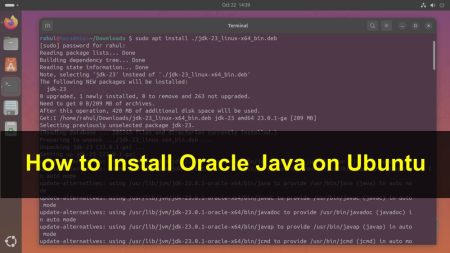Java, a versatile and widely-used programming language, is fundamental in the world of software development. Among its many capabilities, Java allows programmers to manipulate and display the current date and time, a crucial feature in various applications. This guide is tailored for beginners, easing you into the process of retrieving the current date and time in Java.
Introduction to Date and Time in Java
Java provides several classes in its API to handle date and time. Prior to Java 8, the most commonly used classes were java.util.Date and java.util.Calendar. However, Java 8 introduced a new Date-Time API under the java.time package, which is more robust and user-friendly.
1. The Legacy Approach: java.util.Date and java.util.Calendar
While not recommended for new projects due to their less intuitive design and common issues, understanding java.util.Date and java.util.Calendar can be helpful for maintaining older Java applications.
Date currentDate = new Date();
System.out.println("Current date and time: " + currentDate);
The Date class represents a specific instant in time, with millisecond precision. However, it doesn’t provide methods to manipulate dates.
For more complex operations, Calendar is used:
Calendar calendar = Calendar.getInstance();
System.out.println("Current date and time: " + calendar.getTime());
2. The Modern Approach: java.time Package
Java 8’s java.time package is a comprehensive model for date and time manipulation. It includes classes like LocalDate, LocalTime, and LocalDateTime.
Retrieving the Current Date and Time
- To get the current date and time, use
LocalDateTime.now():LocalDateTime currentDateTime = LocalDateTime.now(); System.out.println("Current date and time: " + currentDateTime); - For just the date or time, use
LocalDate.now()orLocalTime.now():LocalDate currentDate = LocalDate.now(); LocalTime currentTime = LocalTime.now(); System.out.println("Current date: " + currentDate); System.out.println("Current time: " + currentTime);
3. Formatting Date and Time
To format dates and times, use DateTimeFormatter:
DateTimeFormatter formatter = DateTimeFormatter.ofPattern("yyyy-MM-dd HH:mm:ss");
String formattedDateTime = currentDateTime.format(formatter);
System.out.println("Formatted date and time: " + formattedDateTime);
4. Time Zones and ZonedDateTime
Handling time zones is crucial for applications that operate across regions. ZonedDateTime manages date and time with time zone information:
ZonedDateTime zonedDateTime = ZonedDateTime.now();
System.out.println("Current date and time with time zone: " + zonedDateTime);
Conclusion
Understanding how to manipulate date and time in Java is a fundamental skill for any aspiring programmer. While the java.util classes are part of Java’s legacy, they are still relevant in maintaining older codebases. However, for new projects, the java.time package provides a more powerful and intuitive approach.

